Northern Vietnam Travel: Best Places to Visit
Northern Vietnam travel offers misty mountains and ancient towns, blending culture, nature, and history-making it a must-visit region for those seeking unforgettable landscapes and authentic experiences
Why Choose Northern Vietnam Travel?
Hanoi – The Lively Gateway
Northern Vietnam travel begins in Hanoi, a city at the crossroads of tradition and transformation. It balances ancient temples with modern cafés and art galleries. The Old Quarter bustles with street vendors selling pho, banh mi, and souvenirs. Each alley brings a new surprise. Start the morning beside Hoan Kiem Lake, where locals jog and practice tai chi under banyan trees. Then explore the Temple of Literature, a peaceful complex filled with stone turtles and scholarly carvings. Later, wander into French-colonial streets lined with art deco villas. Cafes like Giang serve famous egg coffee in cozy corners. At night, food stalls light up Dong Xuan Market with grilled meat skewers and sweet rice cakes. Museums like the Vietnam Fine Arts Museum showcase local creativity across centuries. Walking or cycling lets you absorb the rhythm at your own pace. Hanoi offers both cultural depth and everyday charm-a perfect beginning to Northern adventures.
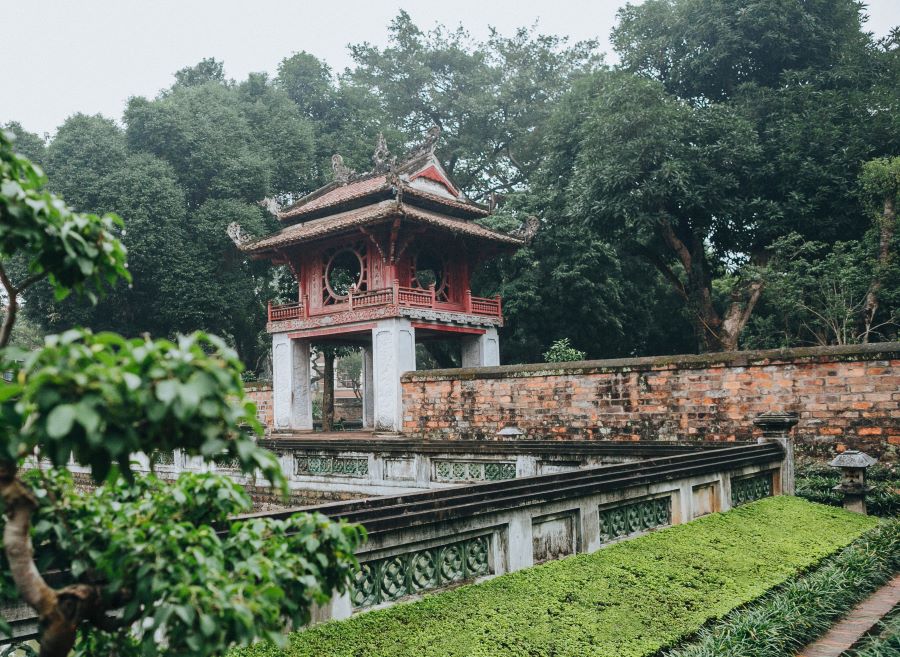
New Vietnam travel spots 2025 feature Hanoi’s timeless Temple of Literature beauty
Ha Long Bay – A Natural Wonder
Ha Long Bay remains one of Vietnam’s most photographed landscapes. Its limestone towers rise dramatically from glowing green water. Ha Long Bay or Halong Bay is a UNESCO World Heritage Site and popular travel destination in Quang Ninh province, Vietnam. This world-renowned bay captivates visitors with its surreal beauty and tranquil charm. The bay holds over 1,900 islets, each with its own myths and legends. Cruises leave daily from Bai Chay Pier, offering kayaking, cave visits and seafood lunches on deck. Most itineraries include Sung Sot Cave, known for massive stalactites and echoing chambers.
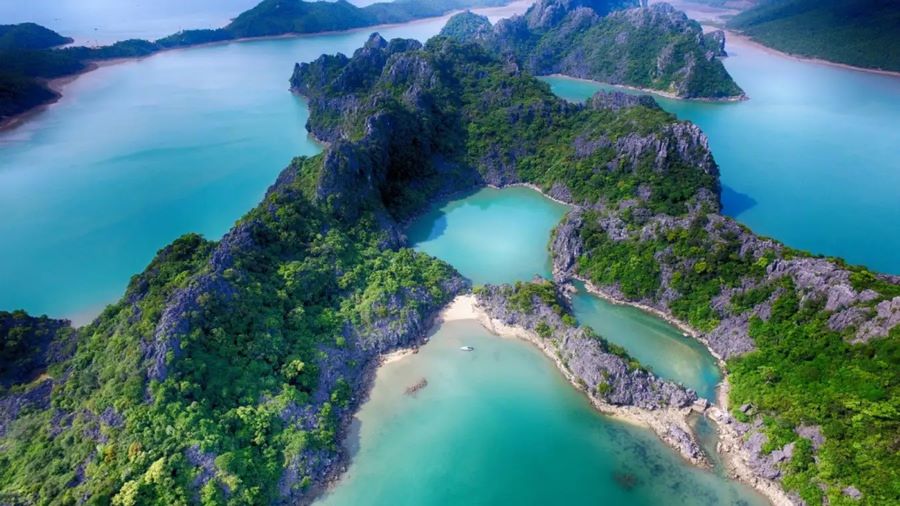
Escape the crowds-Bai Tu Long joins new Vietnam travel spots 2025
For a quieter journey, choose Lan Ha Bay or Bai Tu Long, where boat traffic is lighter and scenery stays pristine. You’ll glide past floating villages with children waving from wooden houses. Overnight cruises include sunset dinners and early-morning tai chi on deck. Some offer cooking classes with local chefs. Stars reflect clearly in the water, creating magical nights. While tourism grows, the bay still feels wild and immense. Ha Long Bay combines visual grandeur and peaceful rhythms-a true masterpiece of natural design.
Ninh Binh – Hidden Limestone Landscapes
Ninh Binh often surprises those who go beyond the guidebook. While it may seem quiet at first glance, this province hides dramatic beauty behind its peaceful vibe. Located just two hours from Hanoi, it feels refreshingly remote-an ideal escape from the city. To begin, explore Tam Coc, where wooden boats glide between rice paddies and limestone cliffs. Here, locals row with their feet while pointing out nesting herons along the riverbanks. Just a short ride away, Trang An offers a different adventure with cave passages linking temples, forests, and clear streams. In addition, the Bai Dinh Pagoda complex blends ancient charm with massive modern structures. Its towering stupas and bronze Buddha statues leave a lasting impression on all who visit.
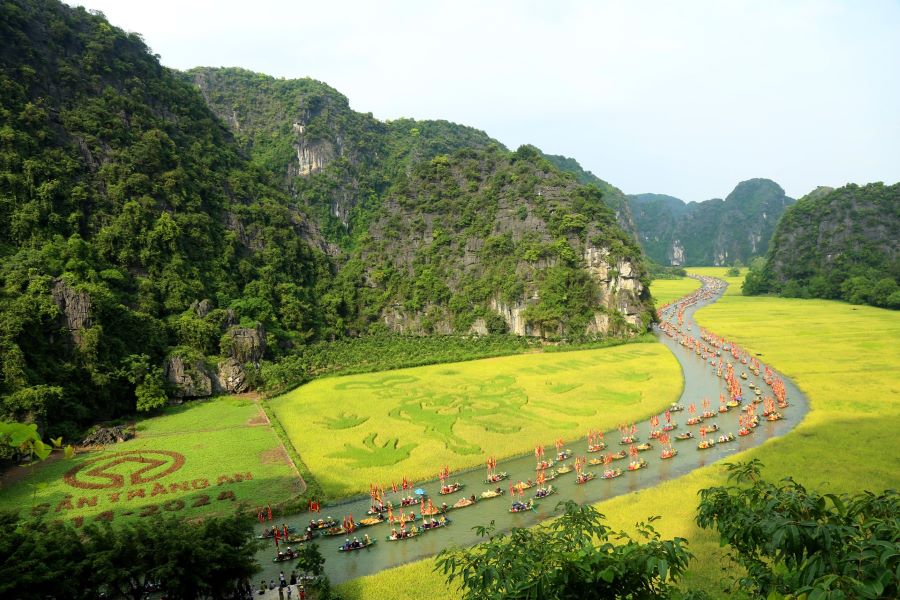
Tranquil Ninh Binh emerges among new Vietnam travel spots 2025 favorites
Meanwhile, many travelers choose to rent bikes, winding through tiny lanes and along flower-lined dykes. With each turn, you’ll encounter water buffalo, lotus ponds, or distant pagodas emerging from the haze. For nature lovers, Cuc Phuong National Park offers hikes among ancient trees and limestone grottoes. The park also shelters endangered langurs and butterflies with glowing wings-a testament to the region’s biodiversity. All in all, Ninh Binh combines serene scenery and rich heritage-perfect for travelers seeking slow journeys and hidden treasures.
Sapa – Terraces & Traditions
Sapa stands high in Vietnam’s northern mountains, offering cooler air and stunning terraced rice fields. These landscapes shift colors with the seasons. Travelers come for the ethnic diversity, where Hmong, Dao and Tay communities maintain strong traditions and vibrant textiles. Begin with a guided trek through Muong Hoa Valley, where trails pass bamboo forests and mist-covered rivers. Every step offers new mountain views.
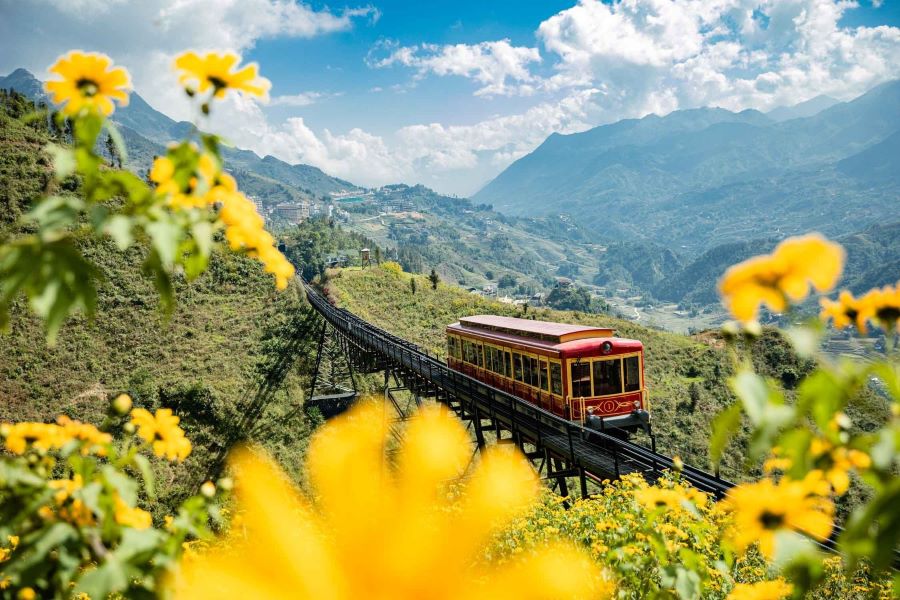
Trek through Muong Hoa Valley-new Vietnam travel spots 2025 revealed here
Along the way, small villages invite you into stilt houses filled with embroidered fabrics and herbal teas. Staying in a local homestay brings home-cooked meals, stories from elders and a slow pace that encourages connection. In the town center, weekend markets showcase handmade goods, dried herbs and colorful brocades. The atmosphere buzzes with culture. From October to December, autumn hues light up the hillsides, creating perfect scenes for photography and reflection. Sapa balances deep-rooted customs and natural wonder, making it ideal for meaningful and immersive travel.
Ha Giang – True Off‑The‑Beaten‑Path
Ha Giang rewards those who crave dramatic landscapes and meaningful cultural encounters. It remains untouched by mass tourism. The Dong Van Karst Plateau stretches across limestone ridges, sharp valleys and roads carved into cliffs. Every bend stuns the eye. Travelers often rent motorbikes to follow the Ha Giang Loop, which connects mountain passes and remote minority villages. Along the way, ethnic groups like the Hmong and Lo Lo welcome respectful guests with smiles and handwoven fabrics. For a river adventure, take a boat through Tu San Gorge, Southeast Asia’s deepest canyon, surrounded by towering cliffs. Unmarked trails lead to wonders like Nai Waterfall or the vertical drop of God’s Cliff-places rarely seen in guidebooks. Each village offers traditional meals, homemade corn wine and quiet paths through terraced cornfields. Though far, Ha Giang delivers raw beauty and human warmth-an ideal choice for adventurous souls and cultural explorers.
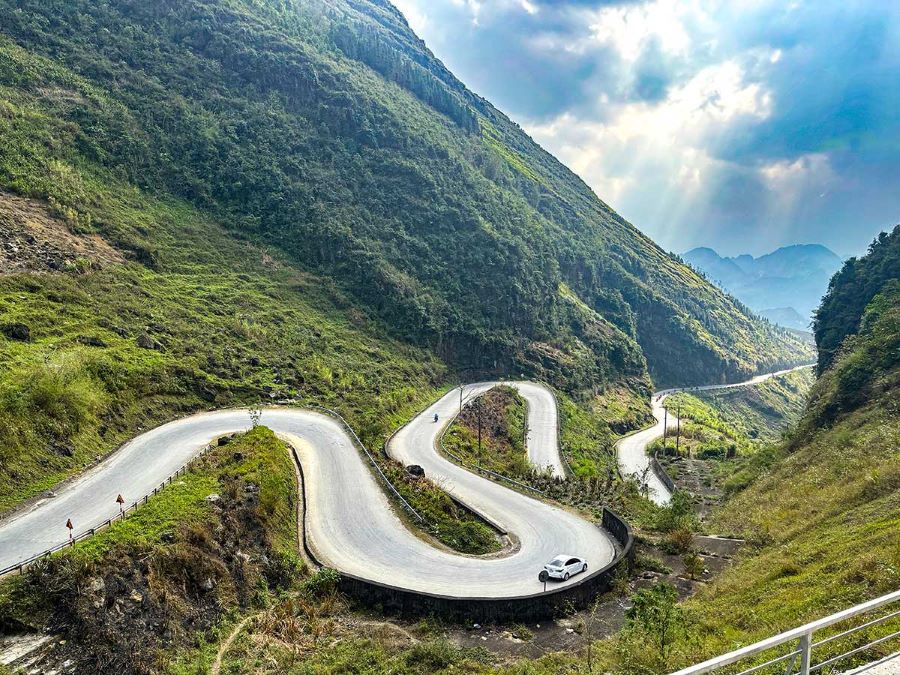
Conquer Ha Giang Loop-one of new Vietnam travel spots 2025 awaits
Lesser‑Known Gems
Mai Chau offers stilt houses and peaceful valley life where soft sunsets meet White Thai cultural traditions.
Ba Be Lake features silent waters, cave passages and Muong homestays surrounded by jungle-covered limestone hills.
Ban Gioc Waterfall delivers dramatic views as it cascades along the border, far from typical tourist traffic.
Y Tý and Mộc Châu reveal flower fields, cloud valleys and slow rhythms favored by northern highland locals.
These destinations provide tranquil beauty and authentic moments for travelers seeking more than crowded sightseeing circuits.
When to Go
Northern Vietnam travel is best enjoyed between September and April when weather stays cool, dry and comfortably crisp. During these months, skies often stay clear and mountain views remain stunning. Early autumn brings golden harvests and colorful festivals across rural highlands and valley towns. Meanwhile, late winter offers misty mornings and peaceful trails. However, it’s wise to avoid the heat from April to June, when temperatures rise sharply across cities and farmlands. In contrast, July and August often bring heavy rain and occasional floods, especially in mountainous regions like Ha Giang or Sapa. If you plan carefully, October through March marks the ideal period for cultural events and traditional celebrations. Local guides suggest this peak season for its combination of vibrant scenery and smooth road conditions. Still, even off-season travel has benefits-fewer crowds, flexible lodging and more room to explore at your pace. No matter the month, Northern Vietnam travel rewards those who adapt their journey to the rhythms of the land. With the right timing and preparation, you’ll enjoy both scenic wonders and meaningful local experiences.
Travel Tips to visit Northern Vietnam
How to Get Around
Flights to Hanoi remain the main entry for Northern Vietnam travel, with many international and domestic routes daily.
Trains to Lao Cai provide a comfortable option for reaching Sapa, offering sleeper cabins and scenic morning arrivals.
Buses and minivans now offer affordable service to remote areas like Ha Giang or Mai Chau with daily departures.
Motorbike travel suits adventurous visitors exploring highland roads, but always check fuel points near Yen Minh and Dong Van.
Guided tours are ideal for first-time travelers, combining cultural insight with stress-free logistics and local knowledge.
Practical Tips
Vietnam visa rules allow most nationalities to use the e-visa system, which processes in 5 to 7 days.
Currency in Vietnam is the Vietnamese dong, and ATMs are easy to find across Northern Vietnam travel routes.
Health preparation matters-bring layers for mountains, sun protection for hikes, and altitude medicine just in case.
Connectivity is simple-cheap SIM cards help you navigate, and Grab rideshare works well in most urban areas.
Final Thoughts
Northern Vietnam travel offers a unique blend of culture and landscape across one remarkable region. You’ll find vibrant temples and motorbikes in ancient cities alongside peaceful rice fields in quiet valleys. While major towns are lively and connected, many rural corners still feel untouched. This contrast invites deeper exploration beyond typical tourist circuits. Moreover, the north continues to evolve in ways that benefit curious travelers. Improved roads make it easier to reach distant highlands without losing the region’s raw charm. At the same time, smaller communities remain welcoming and full of tradition. From Ha Long’s limestone karsts to Ha Giang’s rugged cliffs, each destination presents both beauty and meaning. Travelers can trek, taste, and connect without rushing. Even as tourism grows, there’s still time to see these places before they change too much. Ultimately, Northern Vietnam travel promises not just sights-but stories, moments, and personal transformation at every turn.
Start planning your tailor-made Vietnam tour by contacting one of our specialists…







